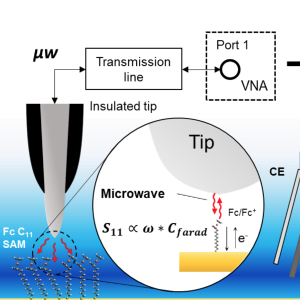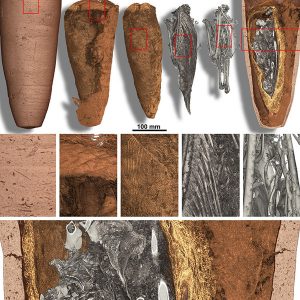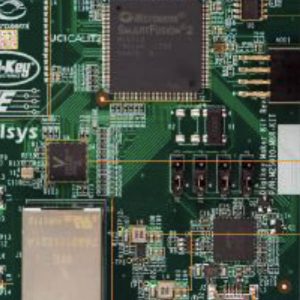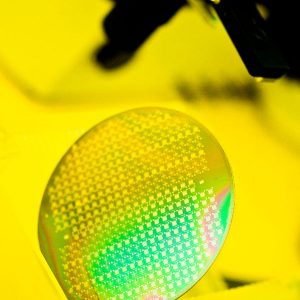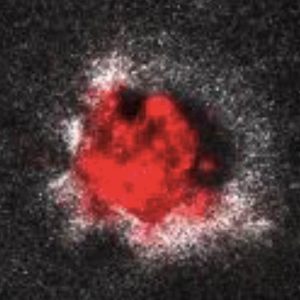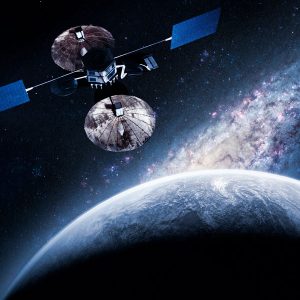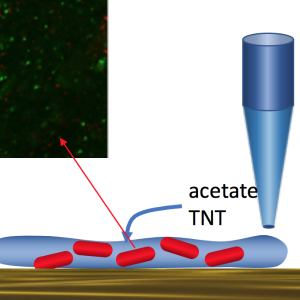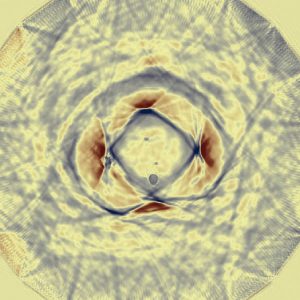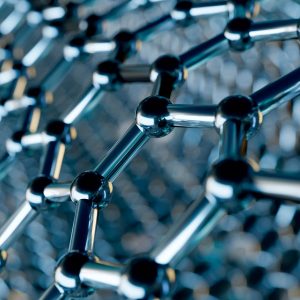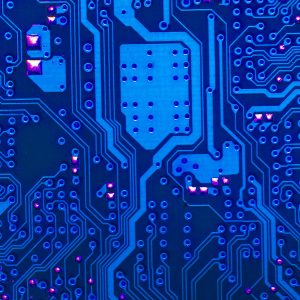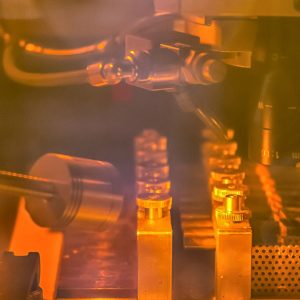Metrology of laser beams with high power has a number of challenges related to beam sampling technique, sensitivity control for the measurement device and achievable dynamic range. Main Objectives: development of an inexpensive, compact device for measurement of laser beam profile (LBP) and beam pointing stability (BPS) measurement device for pulsed and continuous high power...
This website uses cookies so that we can provide you with the best user experience possible. Cookie information is stored in your browser and performs functions such as recognising you when you return to our website and helping our team to understand which sections of the website you find most interesting and useful.


